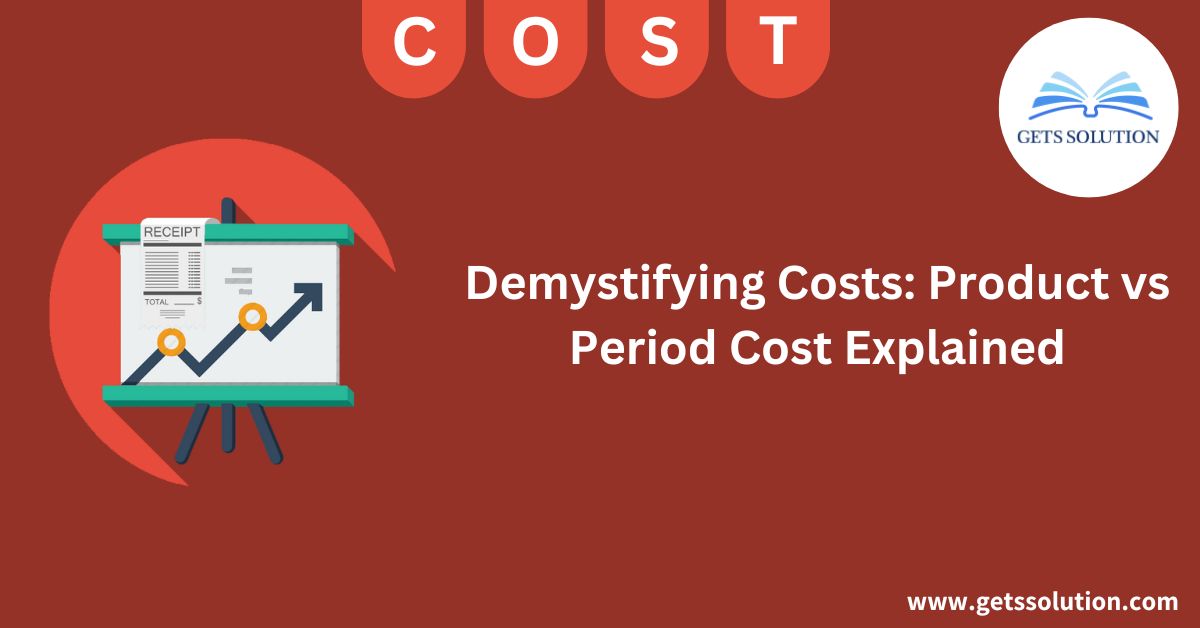It is important for businesses attempting to optimize their financial strategies to understand the fundamental disparity between product and period costs. These classifications outline the structure of a company’s accounting practices, which significantly influence decision-making, profit analysis, and financial reporting.
Introduction to Product vs. Period Costing
In the field of accounting, costs are broadly classified into two main groups: product costs and period costs. While both play important roles in an organization’s financial landscape, they operate in different areas, affecting different aspects of business operations and financial statements.
Understanding Product Cost
direct materials
Product costs include expenses directly associated with the manufacturing of goods. Direct materials constitute the primary raw materials used directly in the production process. These include components that contribute significantly to the structure of the final product.
direct labor
Another component of product cost includes direct labor expenses. It encompasses the wages or salaries paid to the workforce directly involved in the production process that contributes to the creation of goods.
manufacturing overhead
Manufacturing overhead constitutes indirect costs required for production but not directly attributable to specific units. These include expenses such as utilities, depreciation, and factory rent.
Explaining Period Costs
administrative costs
In contrast, period costs include operating expenses that are not directly associated with the manufacturing process. Administrative costs cover expenses related to management and general business operations.
selling cost
The cost of sales reflects the expenses associated with marketing and selling products. These include advertising, sales commission, and distribution expenses.
Difference between product and period cost
The difference between these cost categories goes beyond their nature and includes their timing of identification and association with inventory.
recognition time
Product costs are recognized according to the production timeline, while period costs are incurred during the period incurred, regardless of production.
Association with Inventory
Product cost is tied to inventory valuation, which affects the cost of goods sold and inventory balances. In contrast, period costs do not affect inventory values.
importance in financial reporting
The specific nature of these costs significantly impacts financial reporting and analysis.
Impact on Profitability Analysis
Product costs directly affect the cost of goods sold, gross profit margin, and net income, while period costs directly affect operating expenses.
influence on decision-making
Understanding these costs helps influence strategic decision-making, pricing strategies, production volumes, and resource allocation.
Costing methods concerning product and period costing
Various costing methods align with these cost classifications, such as job order costing and process costing, each appropriate for specific business models and industries.
Examples and Case Studies
Illustrative examples and case studies illustrate the practical application and implications of these cost classifications in various business scenarios.
Challenges and Common Misconceptions
It is important to overcome the challenges and remove misconceptions associated with these cost classifications for accurate financial management.
Strategies for Effective Cost Management
Implementing efficient cost management strategies helps businesses optimize expenses, increase profitability, and maintain competitiveness.
Developing Trends in Cost Accounting
Modern trends and innovations in cost accounting, including technology integration, influence these cost classifications, shaping the future of financial analysis.
Role of Technology in Cost Analysis
Technological advances provide unprecedented tools and systems for cost analysis, revolutionizing the way businesses handle and interpret cost-related data.
Impact on business strategies
Understanding the complexities of product and period costing helps businesses develop more informed and effective business strategies.
conclusion
The distinction between product vs. period costing serves as a cornerstone in financial accounting, influencing financial statements, decision-making, and strategic planning. Adopting this understanding empowers businesses to navigate the complexities of cost management effectively.
Access Now: Manufacturing Businesses Building the Backbone of Economic Growth
